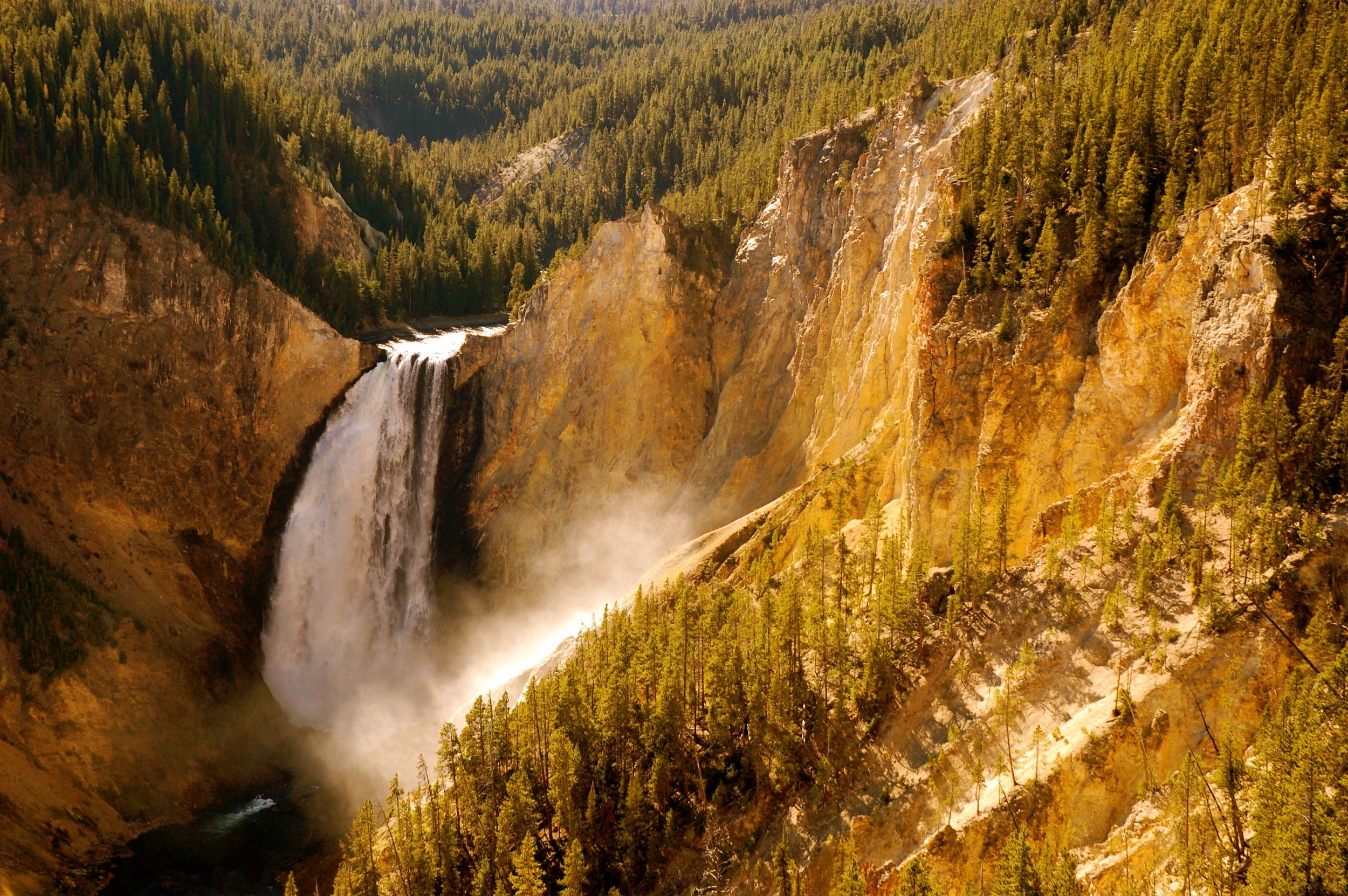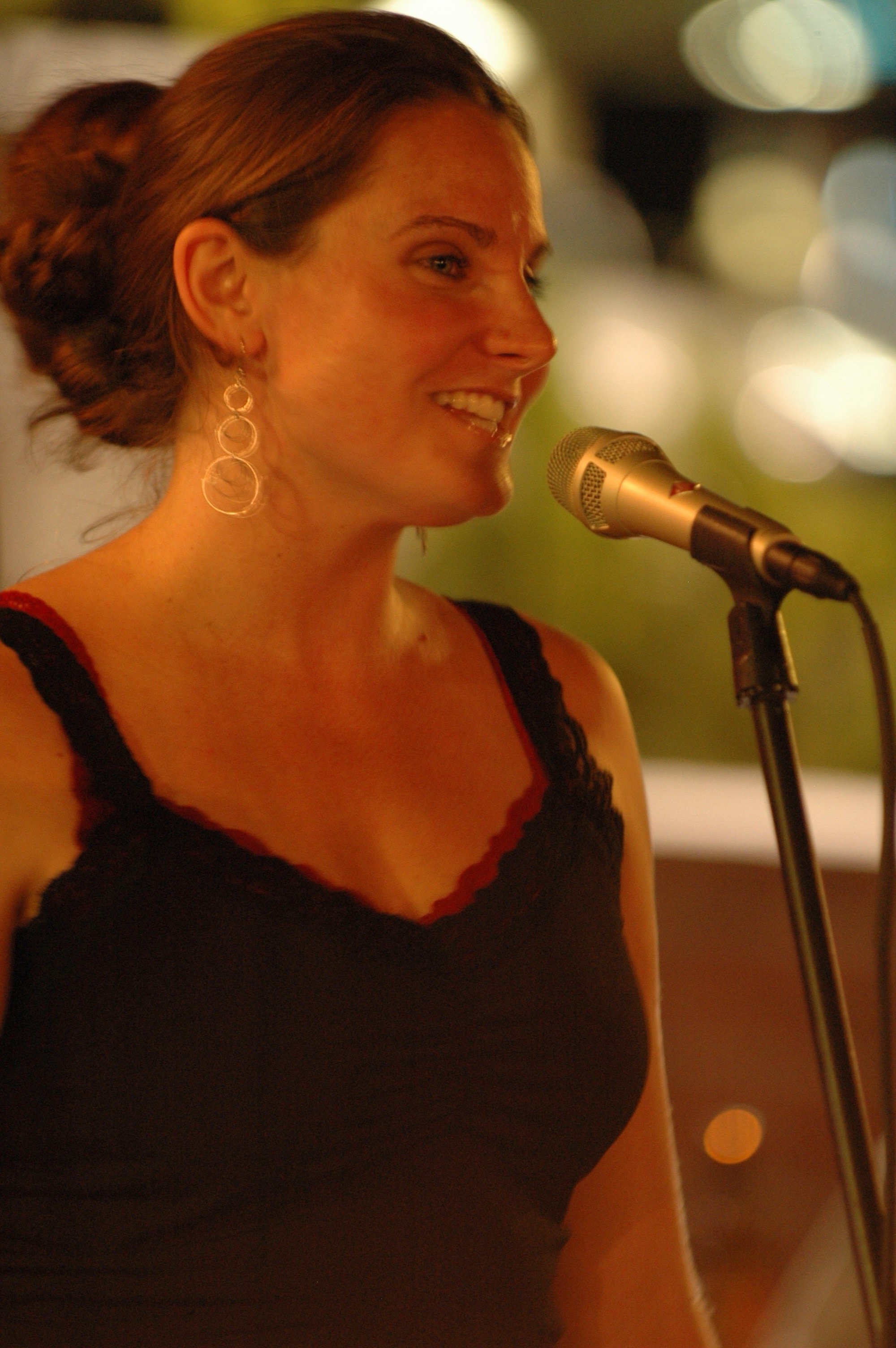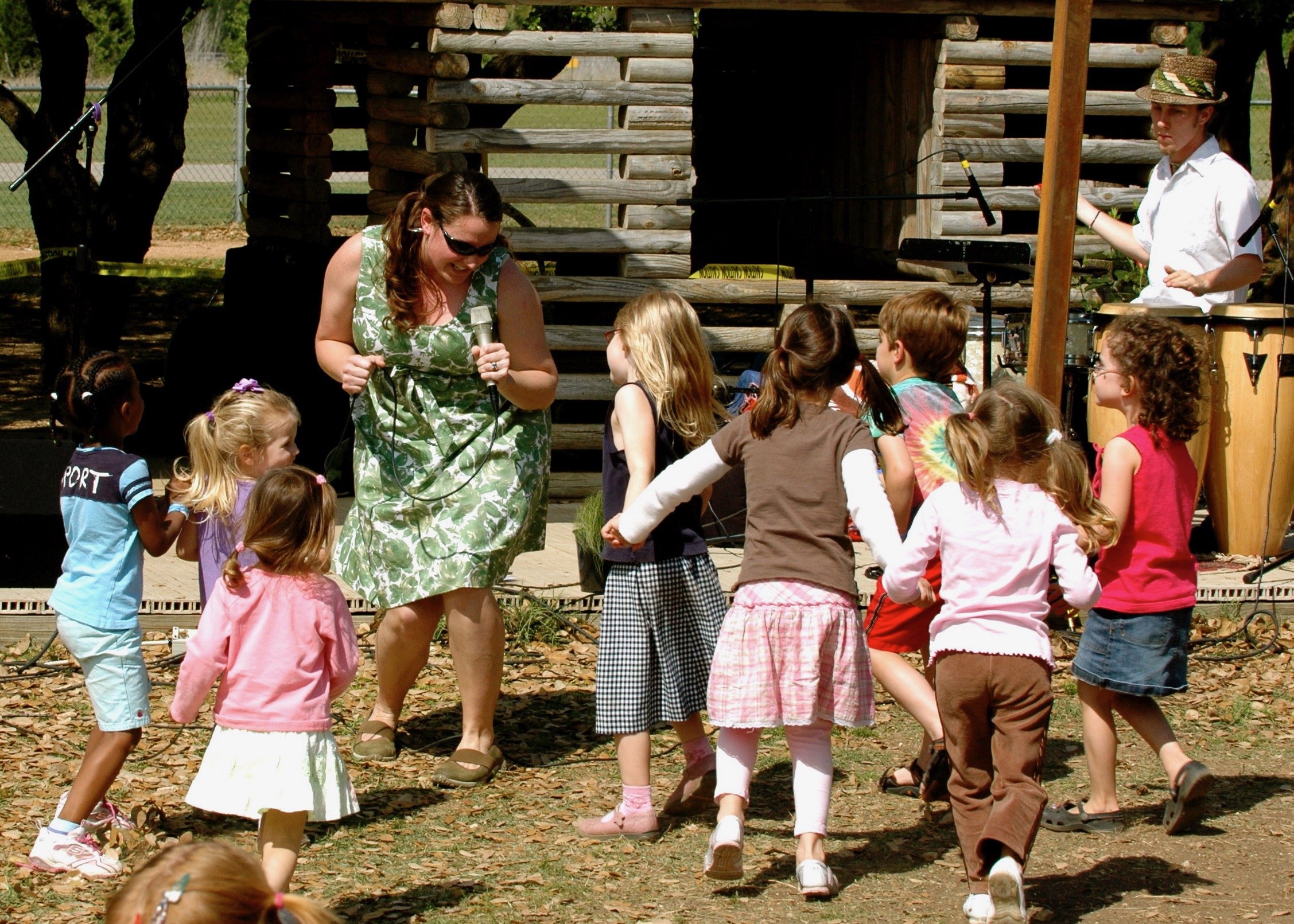It Isn’t Yours
The other night, I was messaging with another writer about one of my pieces of short fiction. I’d sent it to them for feedback, curious to know how a particular passage landed for them, and what they made of the story. We ended up having an interesting discussion that began with them asking me if I meant “this or that” in a particular section, and me asking them what they thought it meant. See, in this particular instance, I wasn’t seeking technical feedback. It wasn’t a case of “is this solid writing?”, or syntax checking or line edits for me. It was about visceral response.
Sure, I had my own meaning when I wrote the piece. I knew where I’d drawn my inspiration from. I knew what I wanted to say with the story. But, I was also curious how things landed for someone else, unaided by my input. And I admit, when my colleague released all the writerly stuff and approached the piece as a reader, not a critique partner, I was elated at the depth of our conversation. As they sank further into the piece, finding new layers of personal understanding and meaning with each reading, we went on a journey together.
Meaning is what we make it. We are a culmination of our life’s experiences, and those experiences influence our way of being, and our way of seeing and interacting with our world. Even though I know what the piece meant to me, I also know that readers make their own meaning. And for me, that is part of the beauty of art. Meaning lies in, and with, the creator, the creation, and the beholder or receiver of the art.
In the book, The Geography of Childhood: Why Children Need Wild Places, naturalists and authors Gary Paul Nabhan and Stephen Trimble discuss the way children see the world differently than adults. There’s an essay about visiting the Grand Canyon in which the adults were mesmerized by the stunning vistas, and the child was mesmerized by an ant crawling through the dirt. Same location, same scenery, different experiences. While the adults lamented that the child wasn’t feeling their awe of the canyon, the child was happily in awe of the ant and the landscape it was traversing. Grandeur is subjective after all.
When I was regularly playing out with my band, I encountered and interacted with all sorts of people. I loved chatting with them after shows or getting emails, and it was always fascinating to me to learn what songs were among their favorites, and why. Sure, there was overlap, but it was incredible how even if people were drawn to the same song, they interpreted the story differently. Even with something fairly straight-forward, like May Morning Dew, the meaning was made by the listener, their own lives coloring their experience of the song.
Story resonates in different ways for different people, and that is part of the joy of the creative arts. It can also be part of the frustration for some artists. After toiling away on a piece, pouring their love and effort into the thing, at some point, they need to release it into the world.
Once we release our work, it is no longer ours. If it ever was. When we let it go, then it belongs to the beholders (the readers, the listeners, the viewers, the recipients). And that can be scary. It can also be wildly liberating. We get to be selective in our creative work, not just for ourselves and our art, but also for the people who will interact with it.
Uplifting others is vitally important to me and I remember being nervous before each album release, wondering how people would receive it, hoping they’d enjoy it. And though most of the songs I’d recorded were written by other people, I remember feeling particularly vulnerable about including a song I’d written for my son in something that was going to be available to the general public. As it turned out, that song positively impacted quite a few people. My DMs and email lit up with parents sharing their personal experiences with it (and other songs on the album), sharing how they’d put their own child’s name into the song. How they’d made it theirs.
I’ve taken these lessons and infused them into my day to day life. I am constantly aware that though I may know what I’m trying to say, people will make their own meaning. This is especially important to keep in mind with teaching and coaching, and I’m constantly checking in with students to make sure we are understanding each other as what unlocks one person’s experience can easily shut down another’s. Art is no different. What appeals to one person, may turn another off, or even incite a firestorm of emotion.
Ultimately, as creatives, we create because the thing (the idea, the story, the song, the painting, the movie, the meal, etc.) came to us. It wants to be birthed through us, and no one else will do it in the way that we uniquely can. We create for creation’s sake. We create for ourselves. We create for others. We create because we are alive, we are here, and we have something to say or contribute. We want the people who encounter our work to get something from it. That’s why we hone our craft and edit our work before sending it out in the world, to give it the best chance of landing the way we’d like it to. But in the end, it will land the way it lands. People make their own meaning, and that’s an incredible thing.


